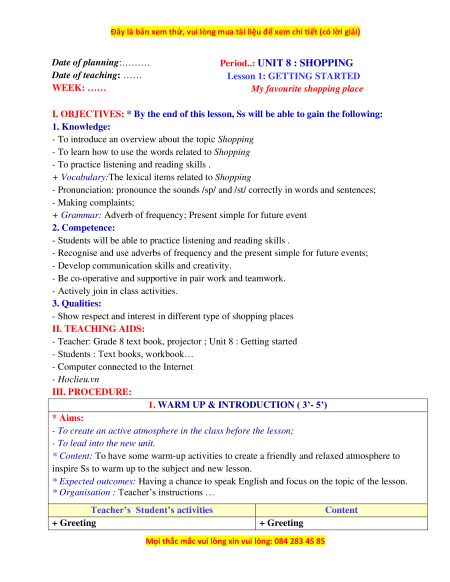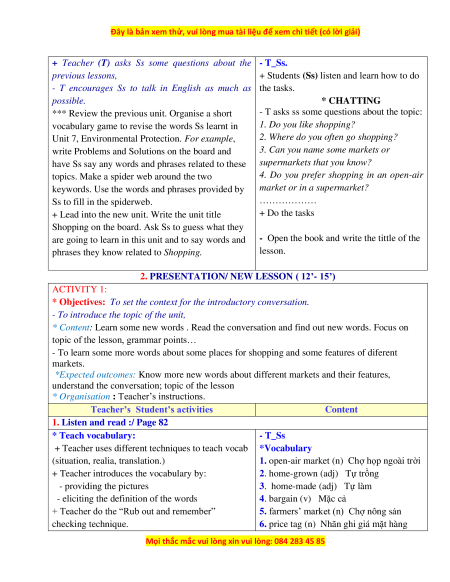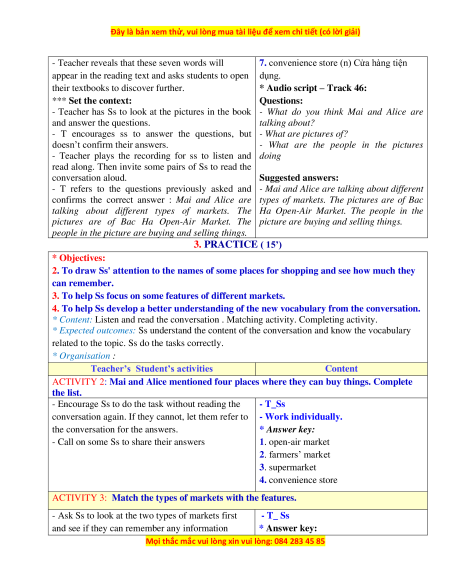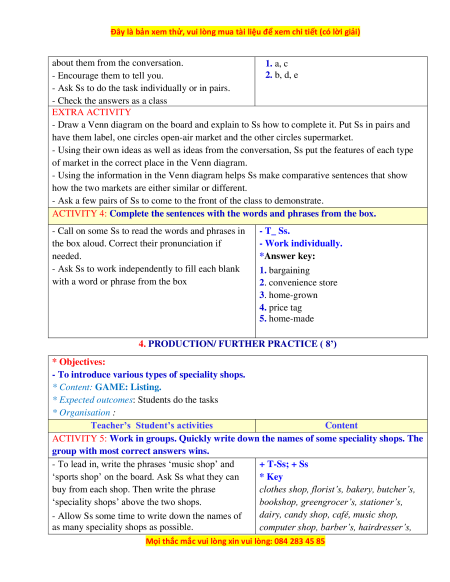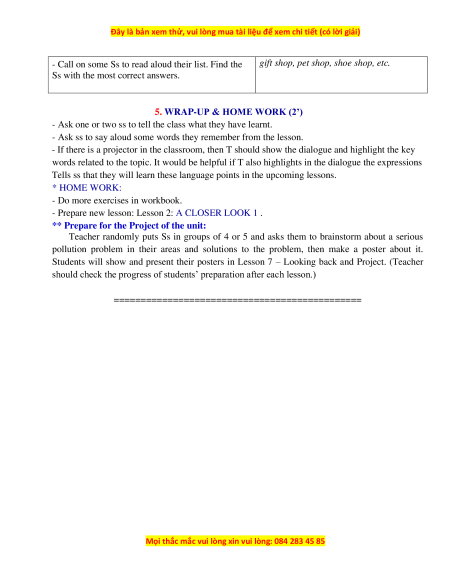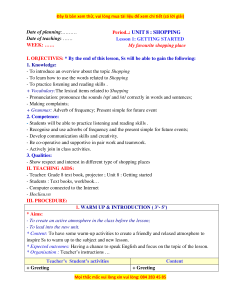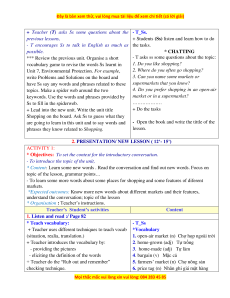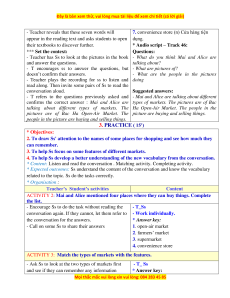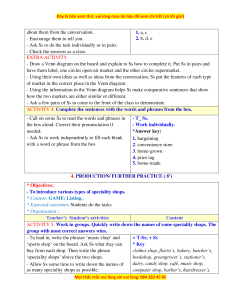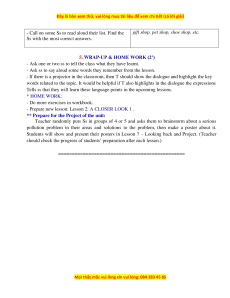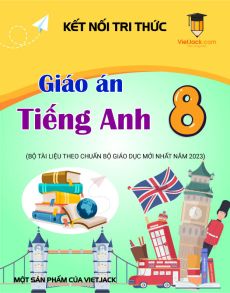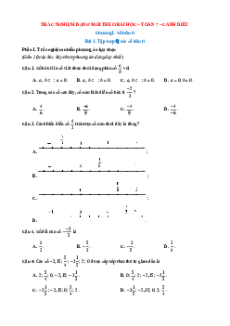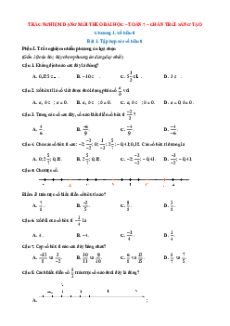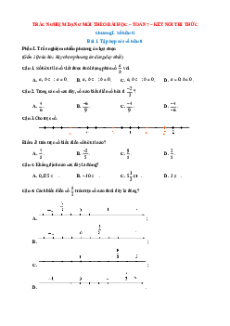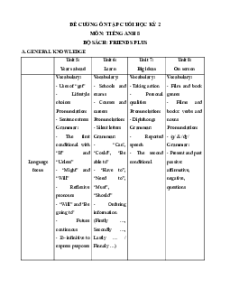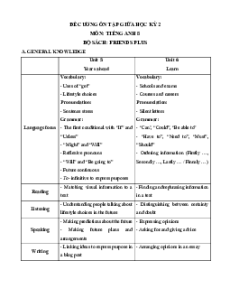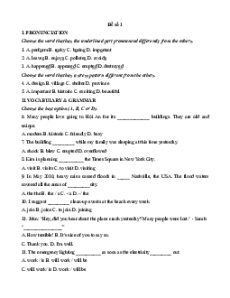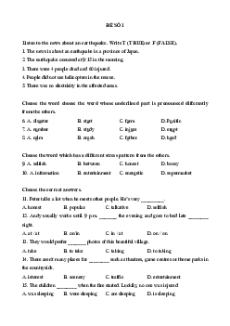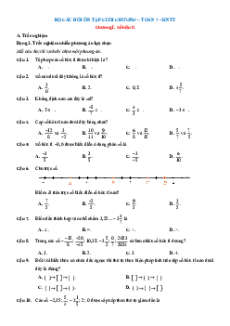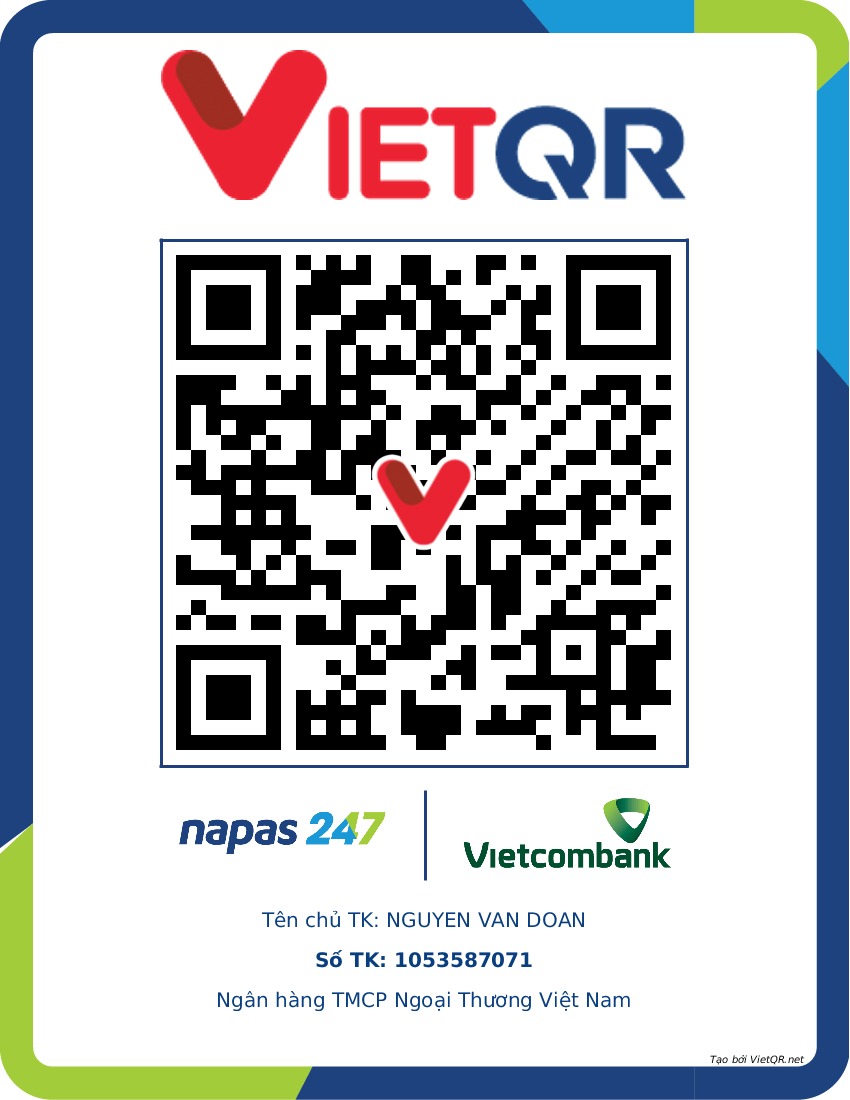Date of planning:……… Period..: UNIT 8 : SHOPPING
Date of teaching: ……
Lesson 1: GETTING STARTED WEEK: ……
My favourite shopping place
I. OBJECTIVES: * By the end of this lesson, Ss will be able to gain the following: 1. Knowledge:
- To introduce an overview about the topic Shopping
- To learn how to use the words related to Shopping
- To practice listening and reading skills .
+ Vocabulary:The lexical items related to Shopping
- Pronunciation: pronounce the sounds /sp/ and /st/ correctly in words and sentences; - Making complaints;
+ Grammar: Adverb of frequency; Present simple for future event 2. Competence:
- Students will be able to practice listening and reading skills .
- Recognise and use adverbs of frequency and the present simple for future events;
- Develop communication skills and creativity.
- Be co-operative and supportive in pair work and teamwork.
- Actively join in class activities. 3. Qualities:
- Show respect and interest in different type of shopping places II. TEACHING AIDS:
- Teacher: Grade 8 text book, projector ; Unit 8 : Getting started
- Students : Text books, workbook…
- Computer connected to the Internet - Hoclieu.vn III. PROCEDURE:
1. WARM UP & INTRODUCTION ( 3’- 5’) * Aims:
- To create an active atmosphere in the class before the lesson; - To lead into the new unit.
* Content: To have some warm-up activities to create a friendly and relaxed atmosphere to
inspire Ss to warm up to the subject and new lesson.
* Expected outcomes: Having a chance to speak English and focus on the topic of the lesson.
* Organisation : Teacher’s instructions …
Teacher’s Student’s activities Content + Greeting + Greeting
+ Teacher (T) asks Ss some questions about the - T_Ss.
previous lessons,
+ Students (Ss) listen and learn how to do
- T encourages Ss to talk in English as much as the tasks. possible. * CHATTING
*** Review the previous unit. Organise a short
- T asks ss some questions about the topic:
vocabulary game to revise the words Ss learnt in
1. Do you like shopping?
Unit 7, Environmental Protection. For example,
2. Where do you often go shopping?
write Problems and Solutions on the board and
3. Can you name some markets or
have Ss say any words and phrases related to these
supermarkets that you know?
topics. Make a spider web around the two
4. Do you prefer shopping in an open-air
keywords. Use the words and phrases provided by
market or in a supermarket? Ss to fill in the spiderweb. ………………
+ Lead into the new unit. Write the unit title + Do the tasks
Shopping on the board. Ask Ss to guess what they
are going to learn in this unit and to say words and
- Open the book and write the tittle of the
phrases they know related to Shopping. lesson.
2. PRESENTATION/ NEW LESSON ( 12’- 15’) ACTIVITY 1:
* Objectives: To set the context for the introductory conversation.
- To introduce the topic of the unit,
* Content: Learn some new words . Read the conversation and find out new words. Focus on
topic of the lesson, grammar points…
- To learn some more words about some places for shopping and some features of diferent markets.
*Expected outcomes: Know more new words about different markets and their features,
understand the conversation; topic of the lesson
* Organisation : Teacher’s instructions.
Teacher’s Student’s activities Content
1. Listen and read :/ Page 82 * Teach vocabulary: - T_Ss
+ Teacher uses different techniques to teach vocab *Vocabulary
(situation, realia, translation.)
1. open-air market (n) Chợ họp ngoài trời
+ Teacher introduces the vocabulary by:
2. home-grown (adj) Tự trồng - providing the pictures
3. home-made (adj) Tự làm
- eliciting the definition of the words
4. bargain (v) Mặc cả
+ Teacher do the “Rub out and remember”
5. farmers’ market (n) Chợ nông sản checking technique.
6. price tag (n) Nhãn ghi giá mặt hàng
- Teacher reveals that these seven words will
7. convenience store (n) Cửa hàng tiện
appear in the reading text and asks students to open dụng.
their textbooks to discover further.
* Audio script – Track 46: *** Set the context: Questions:
- Teacher has Ss to look at the pictures in the book - What do you think Mai and Alice are and answer the questions. talking about?
- T encourages ss to answer the questions, but - What are pictures of?
doesn’t confirm their answers.
- What are the people in the pictures
- Teacher plays the recording for ss to listen and doing
read along. Then invite some pairs of Ss to read the conversation aloud. Suggested answers:
- T refers to the questions previously asked and - Mai and Alice are talking about different
confirms the correct answer : Mai and Alice are types of markets. The pictures are of Bac
talking about different types of markets. The Ha Open-Air Market. The people in the
pictures are of Bac Ha Open-Air Market. The picture are buying and selling things.
people in the picture are buying and selling things. 3. PRACTICE ( 15’) * Objectives:
2. To draw Ss' attention to the names of some places for shopping and see how much they can remember.
3. To help Ss focus on some features of different markets.
4. To help Ss develop a better understanding of the new vocabulary from the conversation.
* Content: Listen and read the conversation . Matching activity. Completing activity.
* Expected outcomes: Ss understand the content of the conversation and know the vocabulary
related to the topic. Ss do the tasks correctly. * Organisation :
Teacher’s Student’s activities Content
ACTIVITY 2: Mai and Alice mentioned four places where they can buy things. Complete the list.
- Encourage Ss to do the task without reading the - T_Ss
conversation again. If they cannot, let them refer to
- Work individually.
the conversation for the answers.
* Answer key:
- Call on some Ss to share their answers 1. open-air market 2. farmers’ market 3. supermarket
4. convenience store
ACTIVITY 3: Match the types of markets with the features.
- Ask Ss to look at the two types of markets first - T_ Ss
and see if they can remember any information * Answer key:
about them from the conversation. 1. a, c - Encourage them to tell you. 2. b, d, e
- Ask Ss to do the task individually or in pairs.
- Check the answers as a class EXTRA ACTIVITY
- Draw a Venn diagram on the board and explain to Ss how to complete it. Put Ss in pairs and
have them label, one circles open-air market and the other circles supermarket.
- Using their own ideas as well as ideas from the conversation, Ss put the features of each type
of market in the correct place in the Venn diagram.
- Using the information in the Venn diagram helps Ss make comparative sentences that show
how the two markets are either similar or different.
- Ask a few pairs of Ss to come to the front of the class to demonstrate.
ACTIVITY 4: Complete the sentences with the words and phrases from the box.
- Call on some Ss to read the words and phrases in - T_ Ss.
the box aloud. Correct their pronunciation if - Work individually. needed. *Answer key:
- Ask Ss to work independently to fill each blank 1. bargaining
with a word or phrase from the box 2. convenience store 3. home-grown 4. price tag 5. home-made
4. PRODUCTION/ FURTHER PRACTICE ( 8’) * Objectives:
- To introduce various types of speciality shops.
* Content: GAME: Listing.
* Expected outcomes: Students do the tasks * Organisation :
Teacher’s Student’s activities Content
ACTIVITY 5: Work in groups. Quickly write down the names of some speciality shops. The
group with most correct answers wins.
- To lead in, write the phrases ‘music shop’ and + T-Ss; + Ss
‘sports shop’ on the board. Ask Ss what they can * Key
buy from each shop. Then write the phrase
clothes shop, florist’s, bakery, butcher’s,
‘speciality shops’ above the two shops.
bookshop, greengrocer’s, stationer’s,
- Allow Ss some time to write down the names of
dairy, candy shop, café, music shop,
as many speciality shops as possible.
computer shop, barber’s, hairdresser’s,
Giáo án Unit 8: Shopping Tiếng Anh 8 Global success
0.9 K
467 lượt tải
MUA NGAY ĐỂ XEM TOÀN BỘ TÀI LIỆU
CÁCH MUA:
- B1: Gửi phí vào TK:
1133836868- CT TNHH DAU TU VA DV GD VIETJACK - Ngân hàng MB (QR) - B2: Nhắn tin tới Zalo VietJack Official ( nhấn vào đây ) để xác nhận thanh toán và tải tài liệu - giáo án
Liên hệ ngay Hotline hỗ trợ: 084 283 45 85
Bộ giáo án Tiếng Anh 8 Global success đã cập nhật đủ Cả năm.
Để tải tài liệu gốc về máy bạn click vào nút Tải Xuống ở trên!
Thuộc bộ (mua theo bộ để tiết kiệm hơn):
- Bộ giáo án Tiếng Anh 8 Global success năm 2024 Tặng kèm bộ tài liệu Đề kiểm tra theo từng unit, đề thi Giữa kì, học kì và bộ bài tập luyện chuyên sâu mới, chuẩn nhất được thiết kế theo phong cách hiện đại, đẹp mắt, trình bày chi tiết cho từng bài học và bám sát chương trình Sách giáo khoa Tiếng Anh 8 Kết nối tri thức.
- Mua trọn bộ sẽ tiết kiệm hơn tải lẻ 50%.
Đánh giá
4.6 / 5(934 )5
4
3
2
1
Trọng Bình
Tài liệu hay
Giúp ích cho tôi rất nhiều
Duy Trần
Tài liệu chuẩn
Rất thích tài liệu bên VJ soạn (bám sát chương trình dạy)
TÀI LIỆU BỘ BÁN CHẠY MÔN Toán Học
Xem thêmTÀI LIỆU BỘ BÁN CHẠY Lớp 8
Xem thêmTài liệu bộ mới nhất

Đây là bản xem thử, vui lòng mua tài liệu để xem chi tiết (có lời giải)
Mọi thắc mắc vui lòng xin vui lòng: 084 283 45 85
Date of planning:………
Date of teaching: ……
WEEK: ……
Period..: UNIT 8 : SHOPPING
Lesson 1: GETTING STARTED
My favourite shopping place
I. OBJECTIVES: * By the end of this lesson, Ss will be able to gain the following:
1. Knowledge:
- To introduce an overview about the topic Shopping
- To learn how to use the words related to Shopping
- To practice listening and reading skills .
+ Vocabulary:The lexical items related to Shopping
- Pronunciation: pronounce the sounds /sp/ and /st/ correctly in words and sentences;
- Making complaints;
+ Grammar: Adverb of frequency; Present simple for future event
2. Competence:
- Students will be able to practice listening and reading skills .
- Recognise and use adverbs of frequency and the present simple for future events;
- Develop communication skills and creativity.
- Be co-operative and supportive in pair work and teamwork.
- Actively join in class activities.
3. Qualities:
- Show respect and interest in different type of shopping places
II. TEACHING AIDS:
- Teacher: Grade 8 text book, projector ; Unit 8 : Getting started
- Students : Text books, workbook…
- Computer connected to the Internet
- Hoclieu.vn
III. PROCEDURE:
1. WARM UP & INTRODUCTION ( 3’- 5’)
* Aims:
- To create an active atmosphere in the class before the lesson;
- To lead into the new unit.
* Content: To have some warm-up activities to create a friendly and relaxed atmosphere to
inspire Ss to warm up to the subject and new lesson.
* Expected outcomes: Having a chance to speak English and focus on the topic of the lesson.
* Organisation : Teacher’s instructions …
Teacher’s Student’s activities
Content
+ Greeting
+ Greeting

Đây là bản xem thử, vui lòng mua tài liệu để xem chi tiết (có lời giải)
Mọi thắc mắc vui lòng xin vui lòng: 084 283 45 85
+ Teacher (T) asks Ss some questions about the
previous lessons,
- T encourages Ss to talk in English as much as
possible.
*** Review the previous unit. Organise a short
vocabulary game to revise the words Ss learnt in
Unit 7, Environmental Protection. For example,
write Problems and Solutions on the board and
have Ss say any words and phrases related to these
topics. Make a spider web around the two
keywords. Use the words and phrases provided by
Ss to fill in the spiderweb.
+ Lead into the new unit. Write the unit title
Shopping on the board. Ask Ss to guess what they
are going to learn in this unit and to say words and
phrases they know related to Shopping.
- T_Ss.
+ Students (Ss) listen and learn how to do
the tasks.
* CHATTING
- T asks ss some questions about the topic:
1. Do you like shopping?
2. Where do you often go shopping?
3. Can you name some markets or
supermarkets that you know?
4. Do you prefer shopping in an open-air
market or in a supermarket?
………………
+ Do the tasks
- Open the book and write the tittle of the
lesson.
2. PRESENTATION/ NEW LESSON ( 12’- 15’)
ACTIVITY 1:
* Objectives: To set the context for the introductory conversation.
- To introduce the topic of the unit,
* Content: Learn some new words . Read the conversation and find out new words. Focus on
topic of the lesson, grammar points…
- To learn some more words about some places for shopping and some features of diferent
markets.
*Expected outcomes: Know more new words about different markets and their features,
understand the conversation; topic of the lesson
* Organisation : Teacher’s instructions.
Teacher’s Student’s activities
Content
1. Listen and read :/ Page 82
* Teach vocabulary:
+ Teacher uses different techniques to teach vocab
(situation, realia, translation.)
+ Teacher introduces the vocabulary by:
- providing the pictures
- eliciting the definition of the words
+ Teacher do the “Rub out and remember”
checking technique.
- T_Ss
*Vocabulary
1. open-air market (n) Chợ họp ngoài trời
2. home-grown (adj) Tự trồng
3. home-made (adj) Tự làm
4. bargain (v) Mặc cả
5. farmers’ market (n) Chợ nông sản
6. price tag (n) Nhãn ghi giá mặt hàng

Đây là bản xem thử, vui lòng mua tài liệu để xem chi tiết (có lời giải)
Mọi thắc mắc vui lòng xin vui lòng: 084 283 45 85
- Teacher reveals that these seven words will
appear in the reading text and asks students to open
their textbooks to discover further.
*** Set the context:
- Teacher has Ss to look at the pictures in the book
and answer the questions.
- T encourages ss to answer the questions, but
doesn’t confirm their answers.
- Teacher plays the recording for ss to listen and
read along. Then invite some pairs of Ss to read the
conversation aloud.
- T refers to the questions previously asked and
confirms the correct answer : Mai and Alice are
talking about different types of markets. The
pictures are of Bac Ha Open-Air Market. The
people in the picture are buying and selling things.
7. convenience store (n) Cửa hàng tiện
dụng.
* Audio script – Track 46:
Questions:
- What do you think Mai and Alice are
talking about?
- What are pictures of?
- What are the people in the pictures
doing
Suggested answers:
- Mai and Alice are talking about different
types of markets. The pictures are of Bac
Ha Open-Air Market. The people in the
picture are buying and selling things.
3. PRACTICE ( 15’)
* Objectives:
2. To draw Ss' attention to the names of some places for shopping and see how much they
can remember.
3. To help Ss focus on some features of different markets.
4. To help Ss develop a better understanding of the new vocabulary from the conversation.
* Content: Listen and read the conversation . Matching activity. Completing activity.
* Expected outcomes: Ss understand the content of the conversation and know the vocabulary
related to the topic. Ss do the tasks correctly.
* Organisation :
Teacher’s Student’s activities
Content
ACTIVITY 2: Mai and Alice mentioned four places where they can buy things. Complete
the list.
- Encourage Ss to do the task without reading the
conversation again. If they cannot, let them refer to
the conversation for the answers.
- Call on some Ss to share their answers
- T_Ss
- Work individually.
* Answer key:
1. open-air market
2. farmers’ market
3. supermarket
4. convenience store
ACTIVITY 3: Match the types of markets with the features.
- Ask Ss to look at the two types of markets first
and see if they can remember any information
- T_ Ss
* Answer key:

Đây là bản xem thử, vui lòng mua tài liệu để xem chi tiết (có lời giải)
Mọi thắc mắc vui lòng xin vui lòng: 084 283 45 85
about them from the conversation.
- Encourage them to tell you.
- Ask Ss to do the task individually or in pairs.
- Check the answers as a class
1. a, c
2. b, d, e
EXTRA ACTIVITY
- Draw a Venn diagram on the board and explain to Ss how to complete it. Put Ss in pairs and
have them label, one circles open-air market and the other circles supermarket.
- Using their own ideas as well as ideas from the conversation, Ss put the features of each type
of market in the correct place in the Venn diagram.
- Using the information in the Venn diagram helps Ss make comparative sentences that show
how the two markets are either similar or different.
- Ask a few pairs of Ss to come to the front of the class to demonstrate.
ACTIVITY 4: Complete the sentences with the words and phrases from the box.
- Call on some Ss to read the words and phrases in
the box aloud. Correct their pronunciation if
needed.
- Ask Ss to work independently to fill each blank
with a word or phrase from the box
- T_ Ss.
- Work individually.
*Answer key:
1. bargaining
2. convenience store
3. home-grown
4. price tag
5. home-made
4. PRODUCTION/ FURTHER PRACTICE ( 8’)
* Objectives:
- To introduce various types of speciality shops.
* Content: GAME: Listing.
* Expected outcomes: Students do the tasks
* Organisation :
Teacher’s Student’s activities
Content
ACTIVITY 5: Work in groups. Quickly write down the names of some speciality shops. The
group with most correct answers wins.
- To lead in, write the phrases ‘music shop’ and
‘sports shop’ on the board. Ask Ss what they can
buy from each shop. Then write the phrase
‘speciality shops’ above the two shops.
- Allow Ss some time to write down the names of
as many speciality shops as possible.
+ T-Ss; + Ss
* Key
clothes shop, florist’s, bakery, butcher’s,
bookshop, greengrocer’s, stationer’s,
dairy, candy shop, café, music shop,
computer shop, barber’s, hairdresser’s,

Đây là bản xem thử, vui lòng mua tài liệu để xem chi tiết (có lời giải)
Mọi thắc mắc vui lòng xin vui lòng: 084 283 45 85
- Call on some Ss to read aloud their list. Find the
Ss with the most correct answers.
gift shop, pet shop, shoe shop, etc.
5. WRAP-UP & HOME WORK (2’)
- Ask one or two ss to tell the class what they have learnt.
- Ask ss to say aloud some words they remember from the lesson.
- If there is a projector in the classroom, then T should show the dialogue and highlight the key
words related to the topic. It would be helpful if T also highlights in the dialogue the expressions
Tells ss that they will learn these language points in the upcoming lessons.
* HOME WORK:
- Do more exercises in workbook.
- Prepare new lesson: Lesson 2: A CLOSER LOOK 1 .
** Prepare for the Project of the unit:
Teacher randomly puts Ss in groups of 4 or 5 and asks them to brainstorm about a serious
pollution problem in their areas and solutions to the problem, then make a poster about it.
Students will show and present their posters in Lesson 7 – Looking back and Project. (Teacher
should check the progress of students’ preparation after each lesson.)
==============================================
